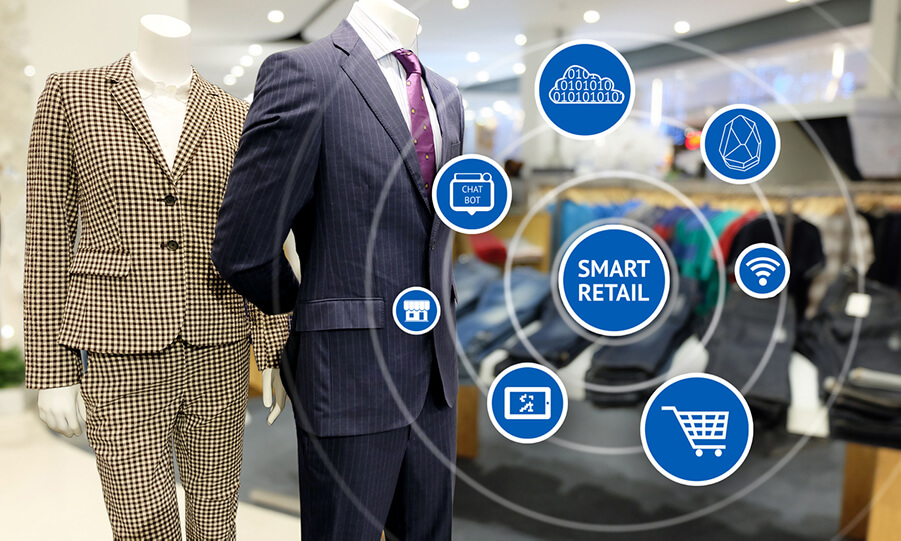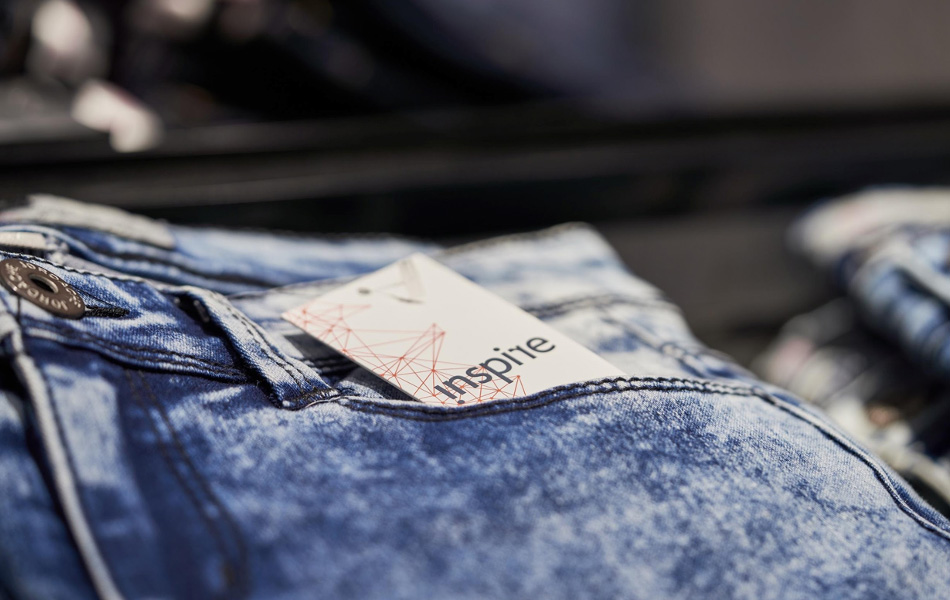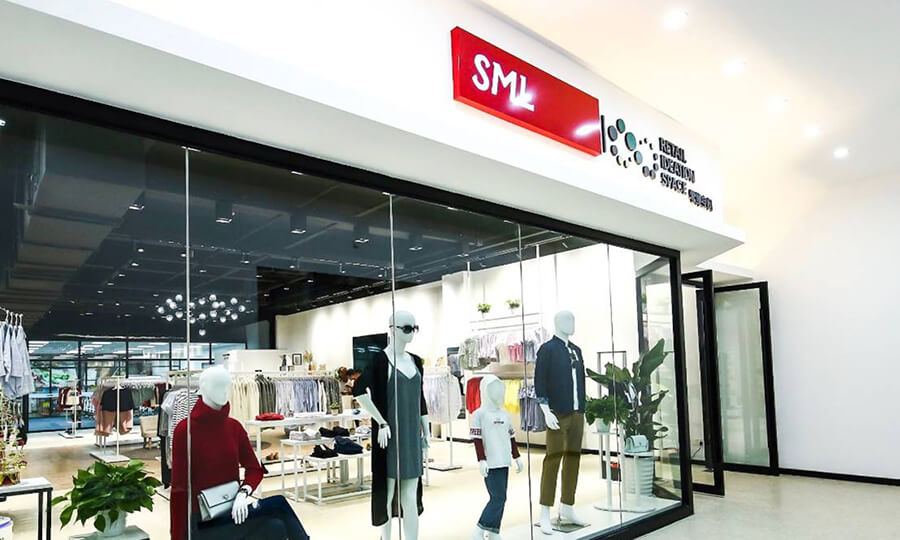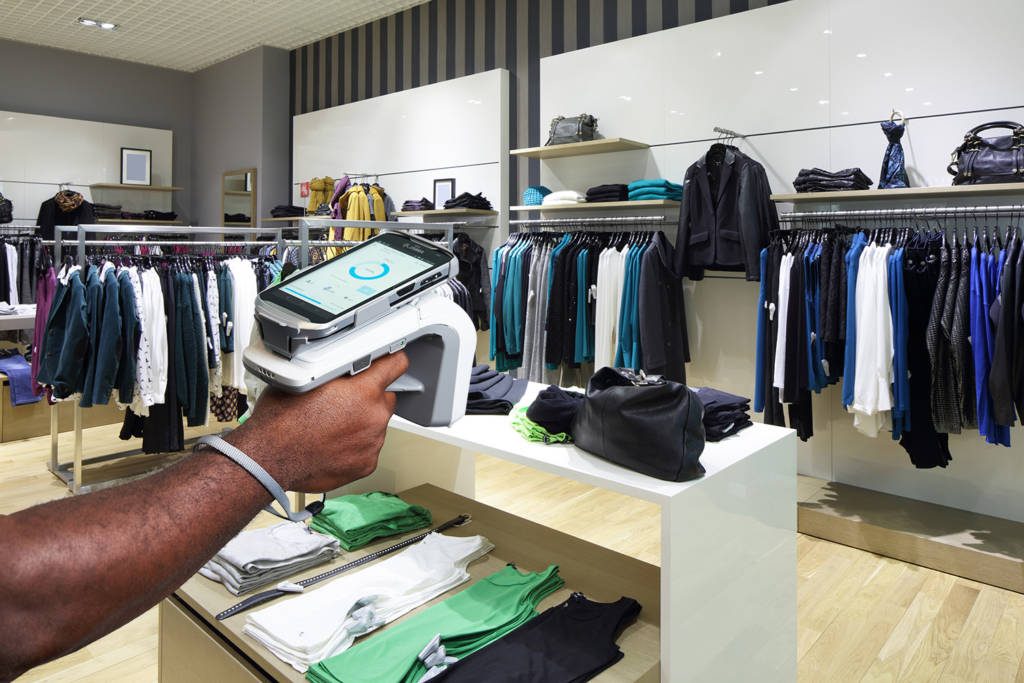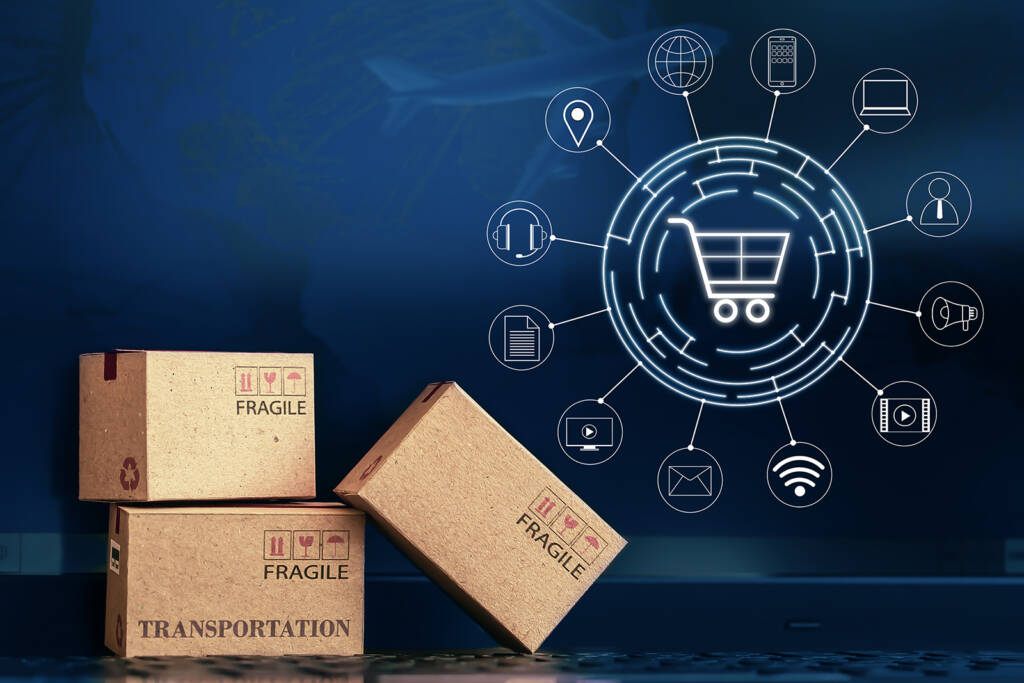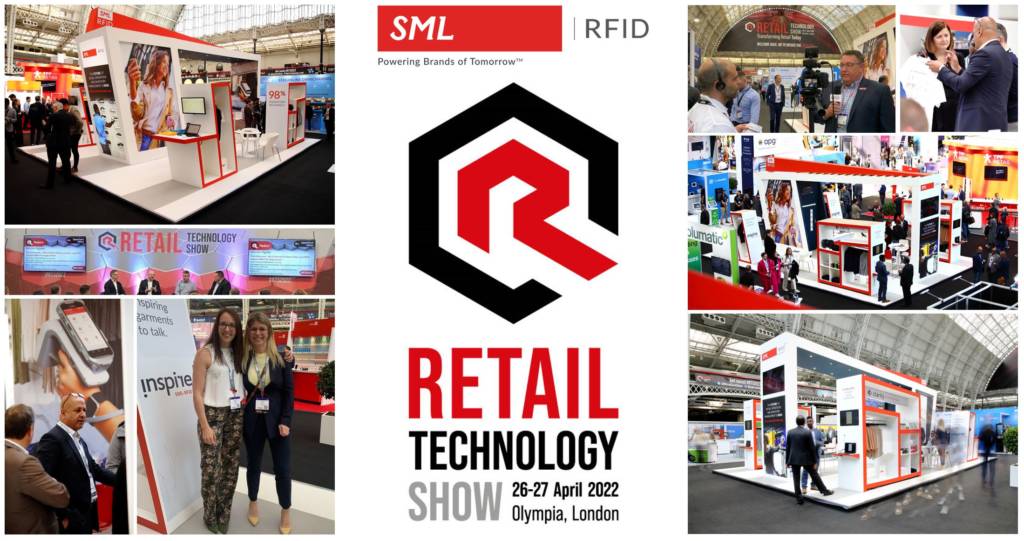How the Retail and Ecommerce Sectors are Driving Demand for Item-Level RFID
Beyond the move to digital, consumer behavior has radically shifted when it comes to purchasing, brand loyalty, physical safety, and convenience.
Consequently, consumer spending patterns are increasingly harder to predict. To keep up with the competition, retailers need to be more agile than they have ever been, ready to face challenges across all areas of their business. Forward-thinking retailers will see this period of time as an opportunity to reshape how they interact with consumers to establish brand loyalty and increase profitability as retail journeys are adapted to the new era of retailing.
Demand for agile retail and ecommerce
Having a transparent, agile, and efficient supply chain is the foundation for enabling retailers to meet rapidly-changing customer demands. With consumers expecting to be able to shop across multiple platforms – including retailer websites, social media, brick and mortar, online marketplaces, and more – having a clear view of inventory is crucial to ensuring retailers can serve their customers, whichever channel they use.
Elsewhere, the majority of consumers are demanding frictionless shopping experiences. Whether they are shopping online or in-store, consumers want high hygiene, smooth checkouts, longer operating hours, free next-day or same-day delivery, and contact-free transactions. As one of the many solutions to address these requirements, buy-online-pickup-in-store (BOPIS) offerings have become an important way to enable sales during lockdown as retailers encourage customers back to their physical stores in ways that support socially distancing.
Changing the game with item-level RFID
The pandemic highlighted and put pressure on existing pain points throughout the supply chain. A lack of digitization, coupled with poor supply chain visibility, meant that retailers were unprepared for the disruption and many struggled to quickly recover. Implementing solutions such as item-level RFID means retailers can take back control of their supply chain.
Item-level RFID allows retailers to achieve up to 98% inventory accuracy across their supply chain, which is vital for meeting consumer demand in the future of retail. Having a detailed knowledge of product pipelines means that retailers can fulfill demand across their omnichannel offerings, provide a better in-store experience, create faster delivery times, and support BOPIS solutions.
For retail staff, RFID solutions reduce manual stock counts, allow them to serve customers more efficiently with item lookup/locate capabilities, and expedite returns and exchanges.
With the support of item-level RFID technology, retailers can keep up with the competition and ensure they can meet the demands of an omnichannel retail world with increasingly high consumer expectations. As consumer attitudes and behaviors continue to adapt, item-level RFID allows retailers the flexibility and freedom to rapidly address these needs to serve customers and increase sales and profitability.
For more information on how item-level RFID solutions can enhance your retail operations, contact info@sml-rfid.com.

